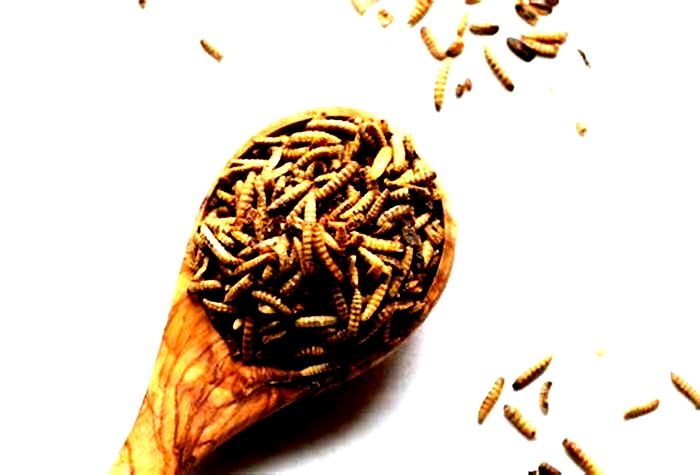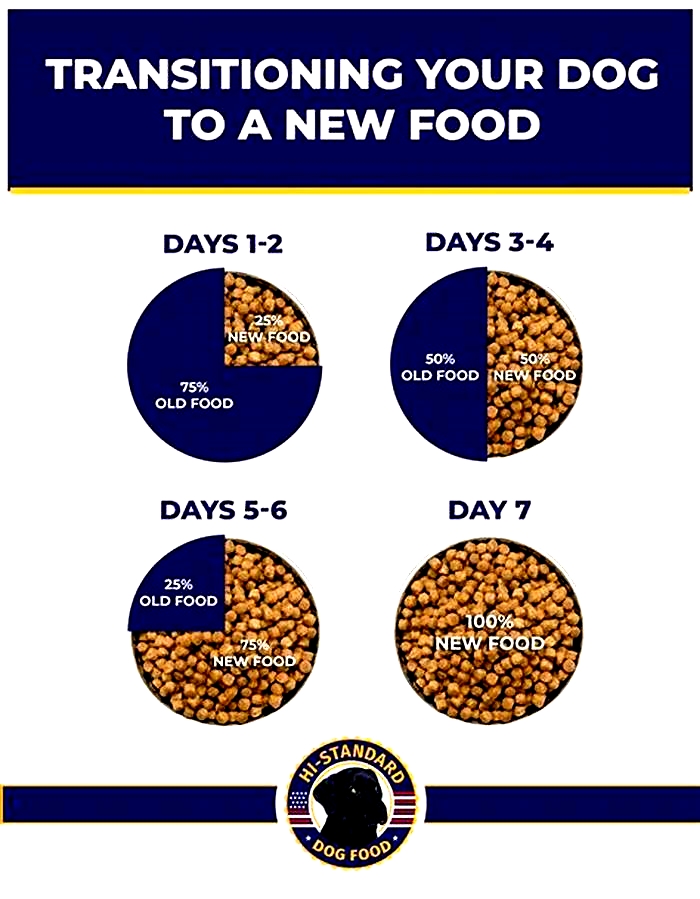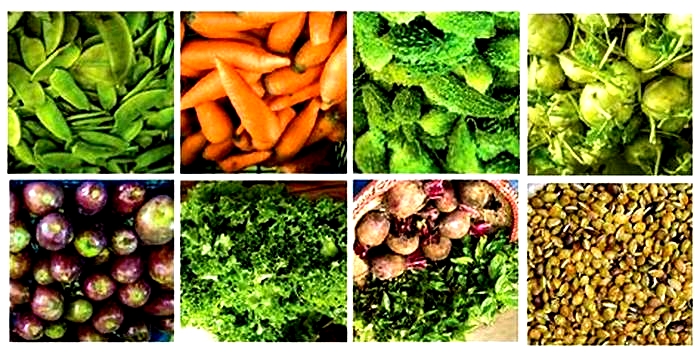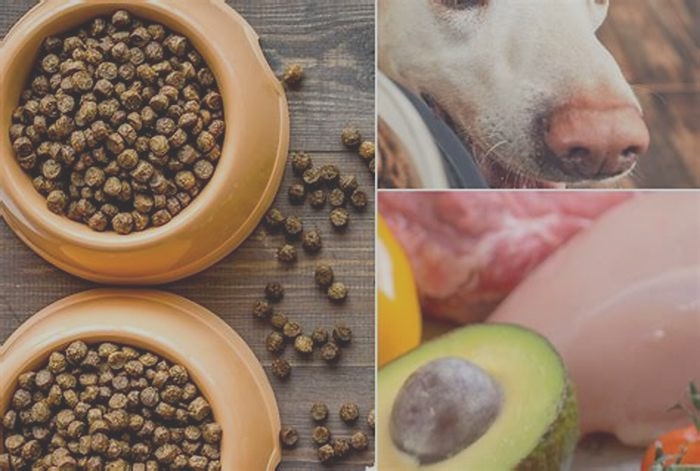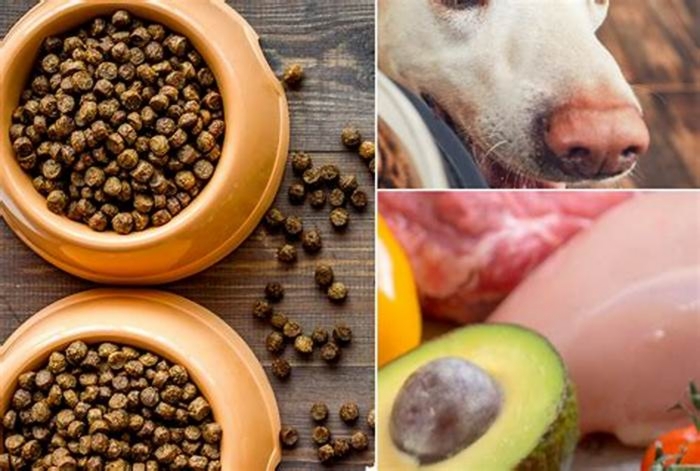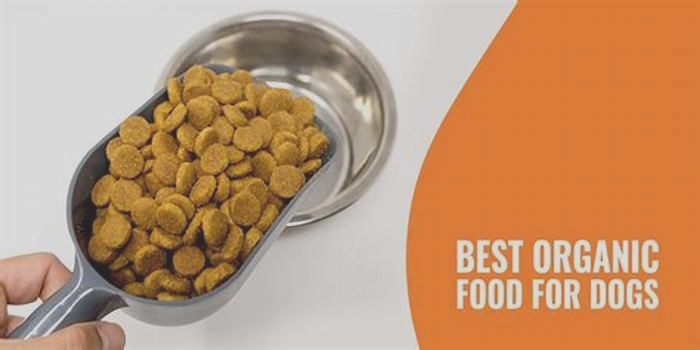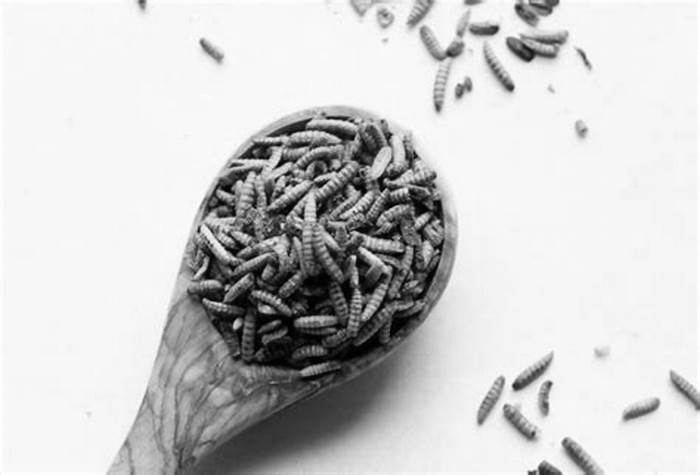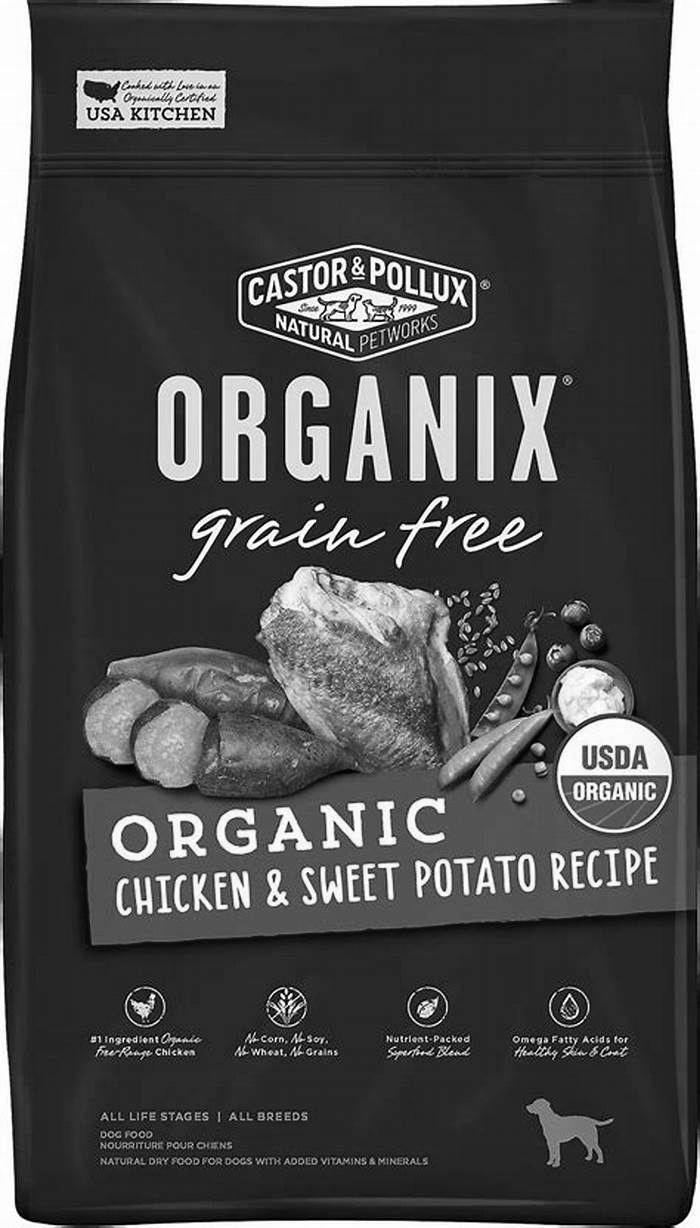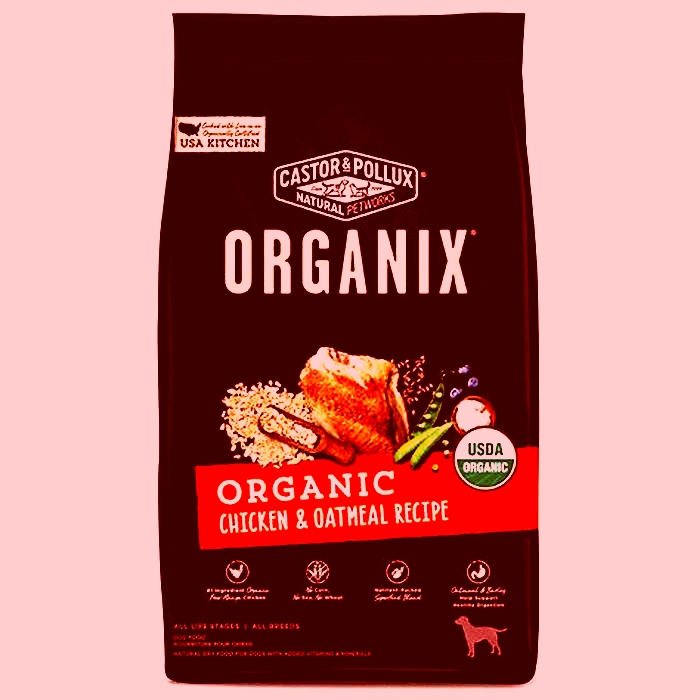Green Grub Transitioning to Organic Food for Your Dog s Optimal Well Being
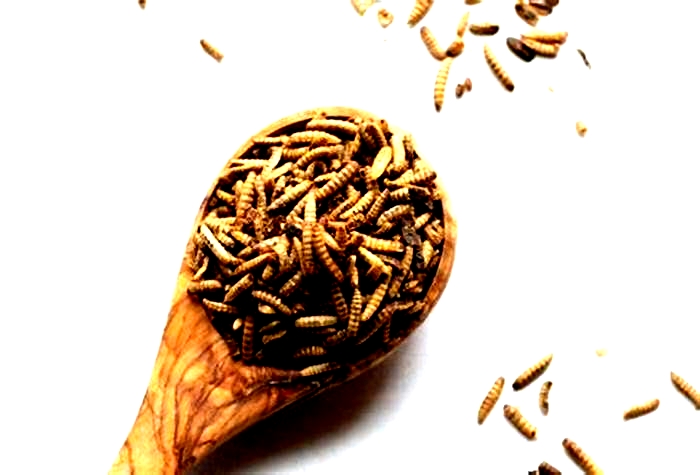
Raw Dog Food
Whether you are an individual with multiple dogs or part of a co-op seeking a better solution for your pets dietary requirements, buy from us today and experience how bulk raw dog food can address all your pets raw-feeding requirements.
The bulk raw dog food from Right Start Pet Food offers you a convenient and cost-effective way to provide your pet with high-quality, nutritious meals. Our selection of raw dog meat and pet food combos and starter packs caters to a variety of preferences and dietary needs, ensuring that your companion receives the best possible nutrition. If you have any more questions or need further assistance, feel free to reach out to our knowledgeable team, and we will be happy to help you make the best choices for your beloved pet.
A Step-by-Step Guide: Transitioning Your Dog from Kibble to Raw Food
Embarking on the journey of transitioning your dog from traditional kibble to a raw food diet can significantly impact their overall well-being. A gradual approach is crucial to ensure a smooth and successful transition for your furry friend.Days 1-3: Introduction to Raw (10-25% Raw)Begin the transition by introducing a small portion of raw foodaround 10-25% of your dog's total dietalongside their regular kibble. Observe closely for any signs of digestive upset or allergies during this initial phase.Days 4-6: Gradual Increase (25-50% Raw)Gradually elevate the ratio of raw to kibble to 25-50%. Adjust the proportions in each meal and monitor your dog for changes in behavior, stool consistency, or overall well-being. This phase aims to build your dog's tolerance to the new diet.Days 7-10: Further Progress (50-75% Raw)**Continue the upward trend, increasing the raw portion to 50-75% of the total diet. Maintain a diverse range of proteins and vegetables for a balanced nutritional intake. Monitor your dog closely for ongoing positive adaptation and address concerns promptly.Days 11-14: Full Transition (75-100% Raw)Approach the final stages of the transition, aiming for a balanced diet with approximately 75-100% raw food. Adjust the ratio based on your dog's individual needs, preferences, and overall health. Ongoing monitoring is essential to ensure a successful and sustainable transition.Transition Tips:Behaviour Observation: Pay close attention to your dog's behavior and energy levels daily throughout the transition.Stool Consistency: Monitor the consistency of your dog's stools daily, aiming for firm and well-formed results.Hydration Awareness: Ensure your dog has constant access to fresh water, especially as raw diets often contain higher moisture content.Conclusion:
Transitioning your dog from kibble to raw food is a personalized journey that requires patience and attentiveness. Since every dog is unique, adjustments may be necessary based on factors like age, breed, and health conditions.
Lyka
Moving to a fresh food diet is exciting, and we bet your pup is very keen to get stuck into their first bowl!
But before you make the switch, its super important to take a gradual approach to encourage a smooth transition.
Avoid tummy troubles and the sniff of disapproval by following this step-by-step guide on transitioning your dog to a fresh food diet.
Whether youve got a fussy pup, a sensitive tummy or anything in between, weve got all the tricks of the trade to help you and your pup switch up their diet.
Why encouraging a smooth transition is important
Before you start
Prepare for transition success with these six handy hints to help you and your pup make a smooth switch to Lyka:
Prep your freezer: Lyka pouches come frozen, so remember to make some room in your freezer before you receive your first box.
Keep some old food: to kick off the transition process, youll be mixing your Lyka portion with pre-Lyka food, so make sure to keep some old food for a gradual change.
Moving away from kibble? A few days before transitioning to Lyka, wet their old kibble down with water or bone broth, then mash it up before serving. This helps your pup adjust to species-appropriate moisture content and get used to a different texture.
How to defrost: simply pop a pouch in your fridge to defrost overnight. If you need to speed up the process, you can place your pouch in a bowl of warm water.
How to serve Lyka: you can serve Lyka straight from the fridge, or heat it in the microwave to release some delicious drool-worthy aromas. Check the temperature before feeding to make sure there arent any hot or cold spots.
Avoid new food anxiety: its normal for your pup to be wary of change. Feed them in a relaxed and confident way to create a positive association with their new food. Pups look to us for reassurance, so if were anxious, they can feel worried too.
How to use our Go-To Gut Helper
A blend of high-quality, live microbes designed to boost your puppers intestinal health, our Go-To Gut Helper assists with a smoother transition and comes free in your first box.
Heres how much you should add depending on your dogs weight:

For the smoothest transition to Lyka, our co-founder and holistic veterinarian, Dr. Matthew Muir recommends at least a 5-day incremental change.
Standard 5-day transition
We recommend a minimum of 5 days to transition your pup to their new food. Remember: you set the pace!
If your dog has IBD, pancreatitis, or is still a puppy, you can introduce smaller amounts of Lyka to their existing food checking their poo, and slowly increasing the amount once they begin to tolerate it. Changes in diet can be a lot for sensitive tummies, even if theyre for the better.
)
Day 1: 25% of your new Lyka portion mixed with 75% of old and Go-To Gut Helper Prebiotic.
Day 2-3: 50% of your new Lyka portion mixed with 50% of old and Go-To Gut Helper Prebiotic.
Day 4: 75% of your new Lyka portion mixed with 25% of old and Go-To Gut Helper Prebiotic.
Day 5 Fur-ever!: 100% of your new Lyka portion. Out with the old, in with the new!
8 top transition tips for fussy puppers
If you have a fussy pup who gives you the look at dinner time, youre not alone. Dogs become familiar with the same food, so a period of adjustment is common when switching their diet.
Kibble tends to be high in salt, carbs, and starch essentially, junk food for dogs. Switching from dry food to a fresh, lightly cooked Lyka diet with different tastes and textures can take a bit of getting used to. Plus, their microbiome has also become conditioned to digest the same food.
A slow and steady approach to transitioning is key for all puppers, especially the fussiest ones.
Our top tips will help your dog chow down their new food with gusto!
1. Start with a lick of approval
Spread a touch of Lyka onto your pups front paws. Most dogs will lick it off, which helps them habituate to the new food and texture.
2. Warm Lyka up
Puppers are drawn to food by their snoot and sense of smell. Enhance the scent by making their food lukewarm (just be careful its not too hot!). You can also add warm bone broth to get their taste buds tingling.
3. Add treats or toppers
Spark positive association by mixing in some treats or a topper, like cottage cheese or yoghurt (if their tummy is used to these foods). This can also help if your pup is moving away from a more textured diet.
4. Serve Lyka up with love and confidence
Its normal for pups to be cautious of new food. By serving Lyka up with confidence, your pup will feel supported and less nervous about trying something new.
5. Re-serve Lyka after a few hours
Try leaving your pups meal out for 15 minutes, then take away the uneaten food and re-serve a few hours later. This teaches them to eat their original meal, rather than waiting for a better option. Also, make sure to offer a fresh portion for each meal.
6. Change up the environment
Change up your pups bowl or try changing locations. Making chow time a bit more exciting can help spark an appetite.
7. Transition one Lyka recipe at a time
We suggest starting with our Chicken Bowl, then Turkey, Fish, Kangaroo, Beef, and lastly, Lamb. If your pup has experienced a previous intolerance to a certain protein, we suggest removing that one from their lineup.
8. Maintain habits and routine
Establish good habits by serving up Lyka at the same time each day and keeping up your pups exercise routine can help promote a healthy appetite while maintaining structure in their day. You might find your dog is hungrier in the morning or afternoon, so adjust their portions accordingly and feed fewer treats between meals.
9. Decrease the number of snacks
If your pup is munching on their favourite treats during the day, their daily calorie needs are already being met before their meal time which could be why theyre disinterested in their meals. Try holding back on feeding treats to see if this makes a difference.
10. Serve up smaller meals
If your pup eats some of their Lyka but isnt quite as interested in licking their bowl clean, their serving could be a bit too big with too many calories in one sitting. Try feeding smaller and more frequent meals to judge if this is the case. You can also test whether feeding in the morning or evening is more successful, as some pups have a bigger appetite at different times of the day.
Still noticing your pup isn't the biggest foodie? Get in touch with our Customer Care team.
Onbowling FAQs
If you have any questions on transitioning, health concerns, serving Lyka, or our Go-To Gut Helper, check out our FAQs below.
All about the Go-To Gut Helper
What is the Go-To Gut Helper in my first box?
Our Go-To Gut Helper is a blend of high-quality live microbes to boost your puppers gut flora and assist with a smooth transition to Lyka.
Can I order more of your Go-To Gut Helper?
If you finish the jar included in your first order, you can order more via the Extras tab in your online account.
How do I serve Lyka?
Do I serve Lyka warm or cold?
Its really up to you whether to defrost our meals or warm them up. We have pupper parents doing both, so feel free to serve up how your pups best enjoy it.
How do I defrost the food?
We recommend defrosting each pouch by moving it to the fridge the night before feeding. If youre looking for a speedy defrost, you can place your Lyka pouch in a pot of warm water.
How long does Lyka last in the fridge?
Once opened, Lyka lasts in the fridge for two days and an unopened pouch will last for seven days before serving. You can cut your first pouch in two, put half in the fridge and the remaining half in the freezer. Remember to defrost this in time to serve on Day 3 and Day 4.
What can I add to Lyka to encourage my pup to eat?
You can add tasty toppers or treats to get those tastebuds going. Different tastes and textures add to the appeal of a meal and create variety in their diet too.
Transitional help
My dog is doing some very stinky farts, what should I do?
During a transition in diet, its normal for pups to experience an upset tummy, which can include farts. Their gut microbiome is getting used to digesting a wider variety of ingredients and nutrients. Our general feedback from Lyka parents is that their pups fart less after the switch your puppers tummy will likely calm down after this initial transition period.
My dogs poo has changed during the transitional process, what should I do?
Softer or firmer poos are normal and are to be expected during their transition as their gut microbiome becomes accustomed to new ingredients. However, if your pups poo becomes very runny or loose, stay at the same transitional stage for an extra one to three days.
My pups experiencing excessive diarrhoea, what should I do?
If your pups diarrhoea is severe, you can pull back to a smaller amount (like a teaspoon of Lyka), or pause altogether until their diarrhoea has stopped. After a few days, try again with a smaller amount.
My pups breath has gotten smellier, what should I do?
If your pup has eaten the same diet for a while, their microbiome may be adjusting to the new food. Once their gut bacteria levels have settled, their breath should improve. Plaque can be another cause of bad breath, even before you see any signs. We recommend exploring dental brushing and natural chewing aids (such as bones or Dental Supps).
My pup is hungrier than usual, what should I do?
Lyka is low GI, unlike kibble which absorbs fluids and expands giving a fuller feeling. Your pups hungry feelings should adjust after the initial transitional period. But if theyre still hungry after the transition period, speak to our customer centre to make sure youre getting the right serving size.
My pup is experiencing an increase/decrease in urination, what should I do?
Lyka meals have a high moisture level which supports your puppers hydration and urinary tract health. This may contribute to an increase in urination. You also may notice a comparative decrease in drinking and urination because our meals contain less salt than kibble. If your pup has urinary concerns, we suggest avoiding our high-protein Kangaroo recipe, as an increase in protein can affect the pH of their urine and might not be appropriate for them.
My pup is feeling lethargic during the transition, what should I do?
If your pup is used to a commercial or dry food diet, they may feel lethargic as their body is craving the sugar, salt, and starch theyve become reliant on. Once they are no longer dependent on these ingredients, they will regulate their digestion and hunger hormones more effectively.
My pup is vomiting during the transition, what should I do?
If your pup has vomited once or twice during the transition it may be because theyre not used to eating a certain ingredient or their microbiome just needs some time to adjust to the new diet. To address this, slow down their introduction to the many healthy ingredients in Lyka by going back a stage in the transition. Take it one recipe at a time to give their system a chance to recalibrate.
If they continue to regurgitate, try another recipe as your pupper may not be able to tolerate a protein or ingredient in that particular bowl such as spirulina, kelp powder or shiitake mushroom.
My pup is experiencing an upset tummy during the transition, what should I do?
Like changes in poo, you might notice a gurgly tummy during the transition, which is normal. If your pup has an upset tummy, we recommend going back a stage to avoid associating feeling unwell with fresh food.
Have a question we havent answered? Our Customer Care team is here to help. Send us an email for transitional support.
Contact Customer Care
Life on Lyka

From their first lick of approval to total chow-down transition, your pup is being nourished from the inside out. Look out for some of these amazing improvements to their health, happiness and poos!
More energy: Eating a high bioavailability diet, you may notice your pupper doing more zoomies and being more playful.
Goodbye gurgly gut and stinky poos: Our low glycemic load recipes can have a positive effect on your pups microbiome. This can mean less gas, better digestion and smaller, sturdier poos. But, its normal to notice more gas and different poo as your pup transitions to fresh, lightly cooked food.
Nourished skin and coat: You may start to notice that your pups coat is softer and shinier thanks to Omega 3s and bioactive ingredients. If they have skin allergies, their skin may become less reactive.
Optimal weight: Chowing down on customised serving sizes, your pupper can achieve and maintain their ideal body shape and weight! Our serving size is a recommendation and can be adjusted.
Good teeth: While there are no studies to show fresh food is better for teeth, carbs are known to be detrimental to teeth health. Its a myth that all kibbles assist with oral health, so we always recommend dental brushing!
Improved immunity: High-quality, human-grade ingredients and powerful superfoods, including shiitake mushrooms, blueberries and spirulina, will help reduce the risk of disease and may also help to reduce the chance of infections returning.
Healthy joints: Key vitamins, minerals and essential fatty acids help support your puppers joints, and you may notice your pup getting up faster or engaging in more play.
Happy heart: Our recipes have the right amount of Omega 3s, vitamin E and antioxidants, and are low in salt for optimal heart health.
Better behaviour: A fresh, high protein, low carbohydrate, wholefood diet helps balance gut bacteria and behaviour. You may notice your pupper is generally more content and sleeps more soundly.
Congratulations! Youve made a successful transition to Lyka the start of your pups fresh food journey for tail-wagging health and happiness.

